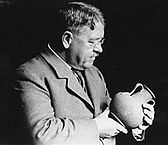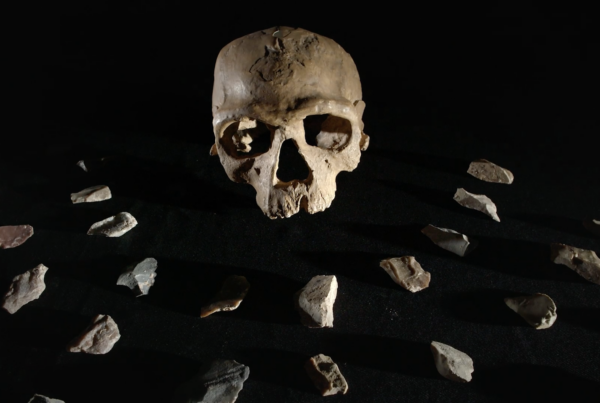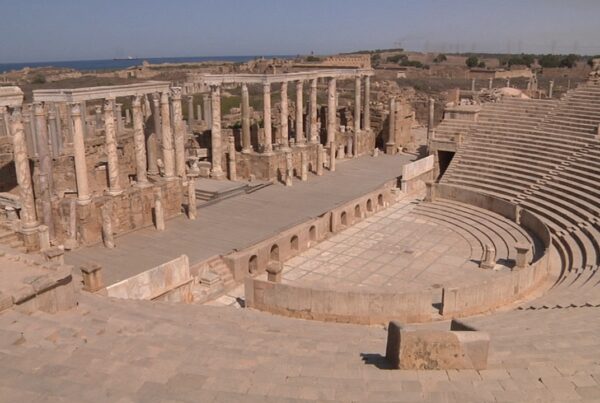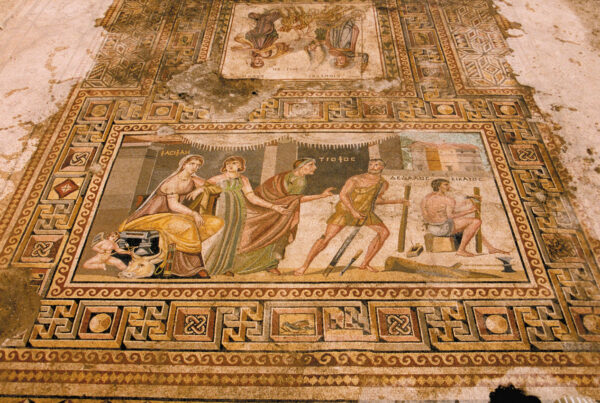Born in Indianapolis in a family of German origin, Reisner completed his studies in Berlin, where he acquired an excellent background in the field of the ancient Orient. On his return to the U.S., he is appointed professor of egyptology but dreams of other things: the life on the archaeological excavation site among his crew. Nubia and the plateau of Giza are his two major archaeological poles. In Giza, he brings to light numerous pyramids and tombs, like the one of queen Hetepheres, Kheops’ mother, whose magnificent furnishings are one of the gems in the Cairo Museum’s crown. He also refines excavation techniques and leaves an archive of 60.000 photographs on glass plates. For almost 40 years, he turns his home, the Harvard Camp on the Giza site, into a meeting place for scientists and archaeology buffs from all over the world. His archives are kept in the Museum of Fine Arts in Boston. He opts for life and work in Egypt and refuses to return to America to teach. He is buried in Cairo’s christian cemetery. In the 30’s, Egypt is taken by assault by the Americans. Among them, Herbert Winlock, working for New York’s Metropolitan Museum, discovers the perfectly preserved tomb of chancellor Meket-re, in Deir-el-Bahari. The tomb is full of wooden models marvellously evoking daily life on the banks of the Nile at the beginning of the 2nd millenary before our era. These objects are presently distributed between the Museum of Cairo and New York’s Metropolitan Museum.
- Direction: XAVIER SIMON
- Production: CINETEVE






